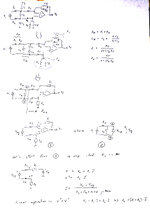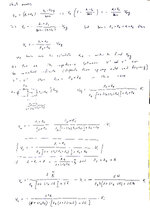Bjtpower
Full Member level 5
Hi,
I would like to learn Difference amplifier and its equation when capacitors are connected in Feedback like below
My intension understand capacitor impact and its equation for learning purpose.

I would like to learn Difference amplifier and its equation when capacitors are connected in Feedback like below
My intension understand capacitor impact and its equation for learning purpose.

